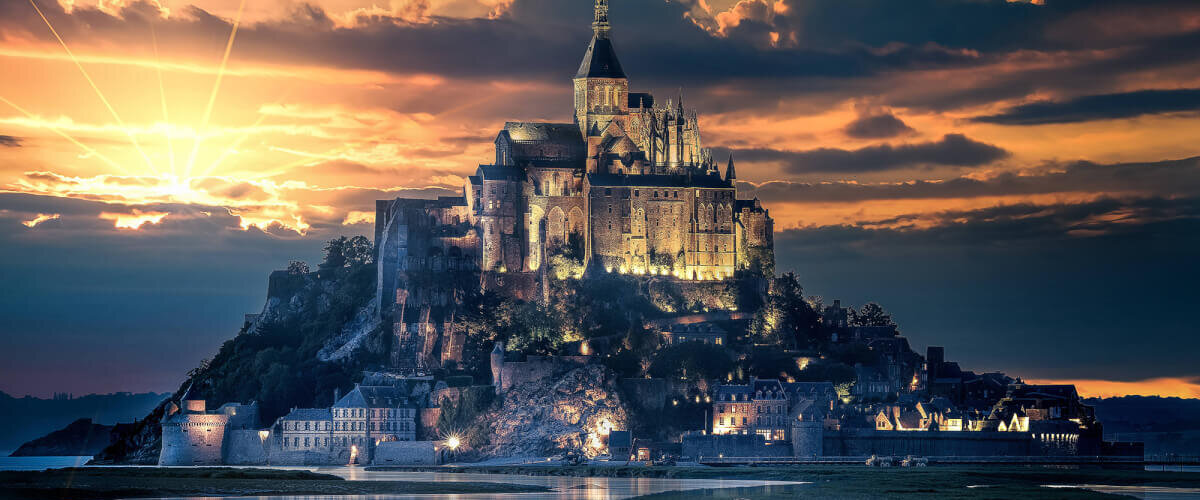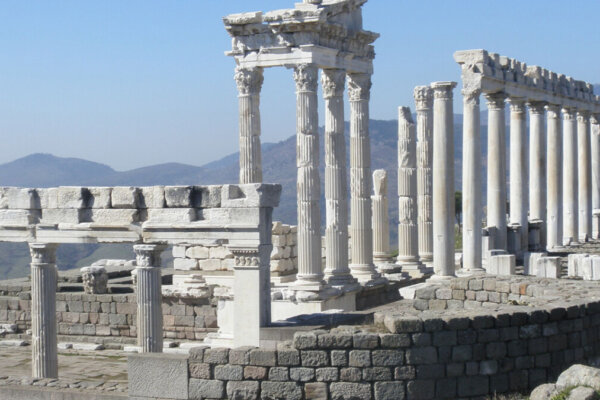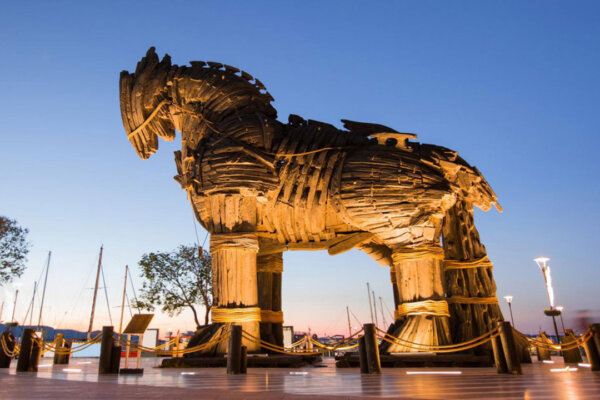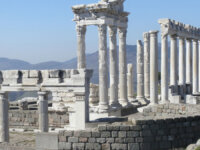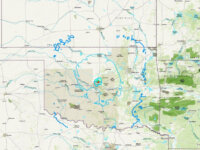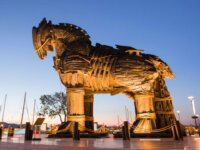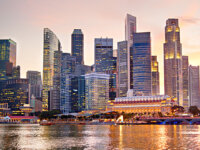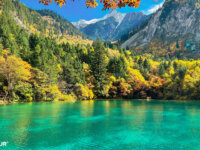FRANCE – The ancient Mont Saint-Michel Abbey, located off the coast of Normandy, France, was born from a dream over 1,000 years ago and has now become the top tourist destination in the country.
Spanning nearly 70,000 square meters, the Gothic-style abbey sits on an island just 1 km from the mainland, with its iconic pointed arches and large windows resembling those found in churches and palaces. Construction began in 1023 on top of a large rock, with materials being transported by boat from the mainland. It took until 1523 for the project to be completed, with different phases of construction taking place throughout the years.
However, even in the 11th century, Mont Saint-Michel Abbey was already a must-visit pilgrimage site for devout Catholics seeking protection and salvation from the Archangel Michael. It has also welcomed several French and English kings and queens, such as Henri II Plantagenet, Saint Louis, Louis XI, Anne of Brittany, and François I.
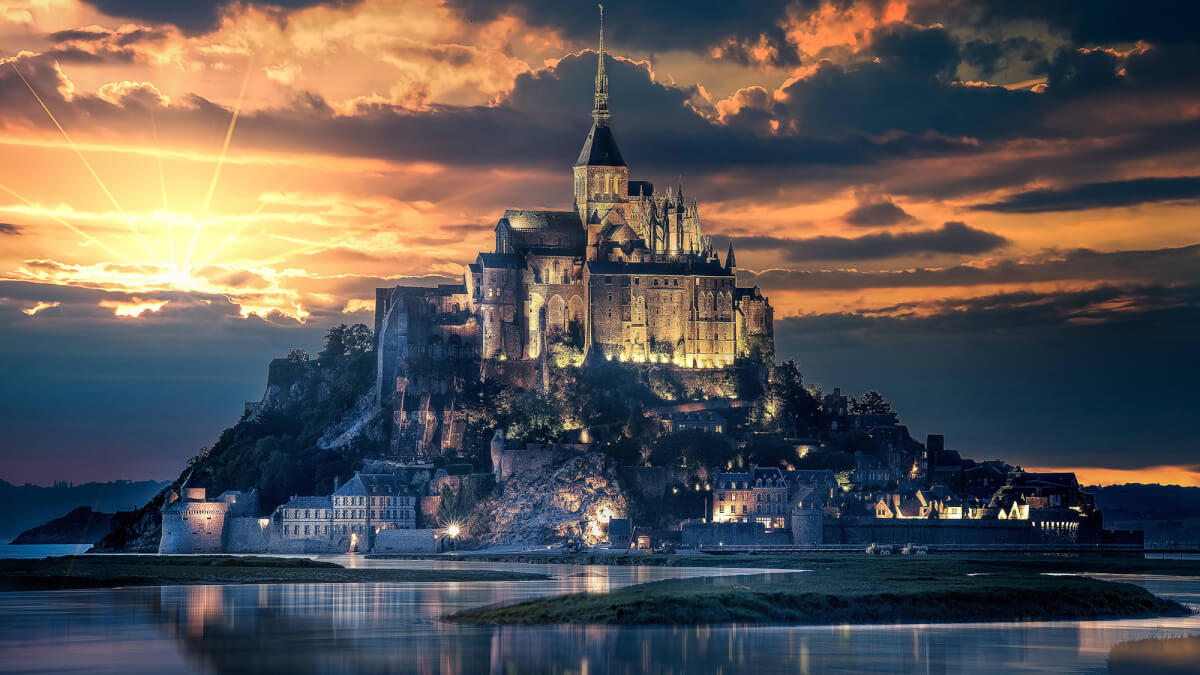
The ancient Mont Saint-Michel Abbey is located at the highest point of the island of the same name. Photo: Hd wallpapers
The statue of the Archangel Michael, located on the highest tower of the abbey, is one of its most prominent features. The northern buildings, known as La Merveille, are surrounded by a beautifully carved covered walkway. All structures have been meticulously restored and preserved, maintaining their original grandeur. Other notable areas within the abbey include the Gothic Salle des Hôtes (Hall of Guests), built in 1213 with two massive fireplaces, and the Chapelle de Notre Dame sous Terre (Underground Chapel of Our Lady).
Legend has it that in 708, Bishop Aubert of Avranches had three dreams where the Archangel Michael instructed him to build a monument in his honor on an island. And thus, Mont Saint-Michel Abbey was born. It is often referred to as the wonder of the Western world.
Surrounding the ancient abbey is a fortified wall and a system of buttresses that descend from the central tower. Little did anyone know during its construction that this magnificent structure would play such a significant role in history, becoming a symbol of victory and bravery. The abbey has witnessed crucial moments in French history, serving as a fortress during the Hundred Years’ War between England and France (1337-1453) and a prison during the French Revolution in the 18th century, extending into the 19th century.
When the prison closed in 1863, the monastery was left in ruins. In 1874, it was designated as a historical monument and restoration work began. The area around Mont Saint-Michel gradually developed, with dozens of monks from the Monastic Fraternities of Jerusalem living within the national landmark and 20 rooms open to visitors.
Today, the monastery has become one of the most popular tourist destinations in the country, attracting over 1.3 million visitors each year, while the total number of tourists to Mont Saint-Michel is 3 million. Its fame has left caretakers overwhelmed, prompting calls for visitor numbers to be reduced.
For 1,000 years, this structure has been a symbol of French universalism, as President Emmanuel Macron tweeted on June 5 after his official visit to Mont Saint-Michel. In Christian theology, universalism holds that all humanity will ultimately be saved by God’s grace.
To commemorate the monastery’s 1,000th anniversary, a light show called “Millennium Solstice” will be held on June 23. Historical and architectural exhibitions will also be open to visitors until November.
During high tide, the Mont Saint-Michel monastery stands out on the surface of the Atlantic Ocean like a French Atlantis. It is considered a marvel of architecture amidst the beautiful natural landscape. In 1979, UNESCO recognized Mont Saint-Michel and its surrounding bay as a World Heritage Site.
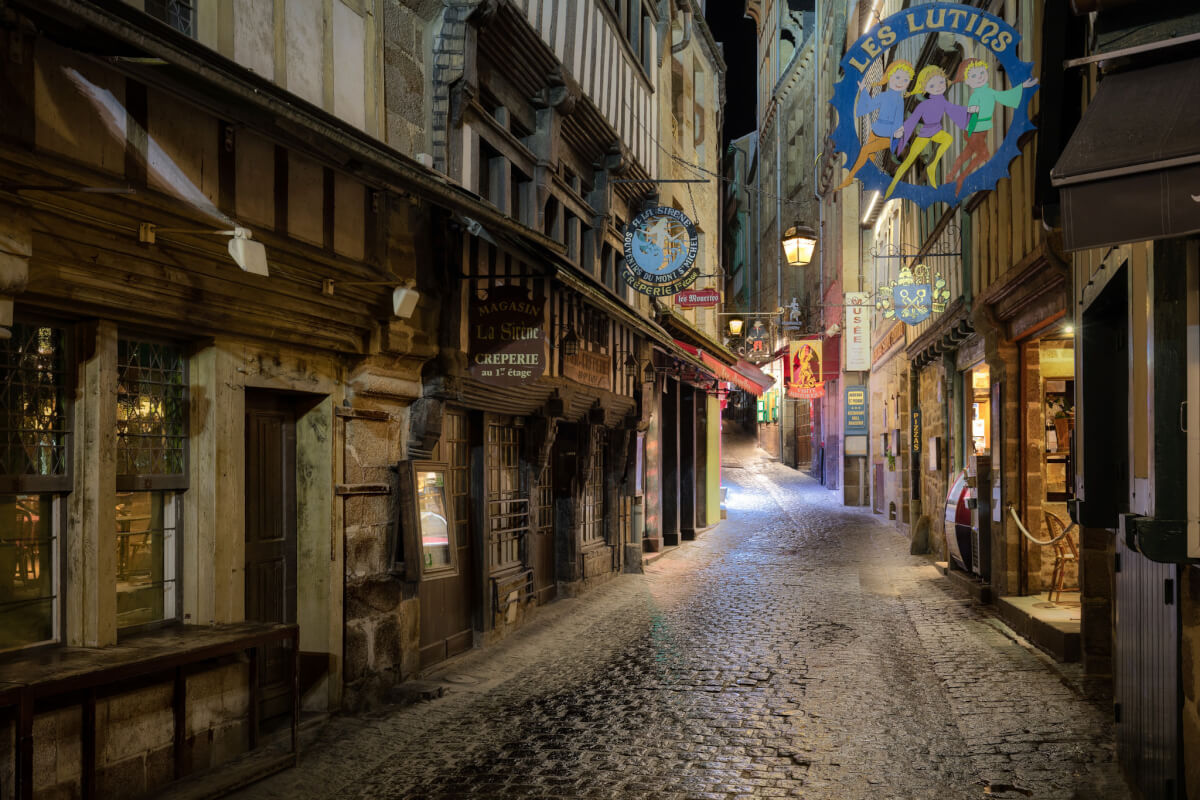
The main street in the village on the island. Photo: Reddit
Thomas Velter, CEO of the National Public Agency of Mont Saint-Michel, said: “This is the largest pilgrimage site in the West, even surpassing the famous Santiago de Compostela pilgrimage route.” During the last week of May, the monastery is closed to visitors from 11am to 3pm. Local officials are concerned about this trend, as it only happens during the peak summer season. “We sold 10,500 tickets to visit the monastery, a record number,” Velter said. The entrance fee is 11 euros.
“I don’t think the high number of visitors is good for shop owners, hotels, and restaurants because they can’t keep up with the demand,” Velter added. The island has a circumference of 1 km and only one shopping street. Imagine 5,000 tourists all rushing in at once. I don’t think that would be a pleasant experience for them,” he continued.

A corner of a street on the island. Photo: Pinterest
Perched atop a massive rock, the monastery is not easily accessible to visitors with limited mobility due to its numerous flights of stairs. Depending on the peak season and number of tourists, it can take anywhere from 45-60 minutes to reach the entrance of the monastery from the parking lot on foot. According to the monastery’s website, there is a security gate at the entrance where all bags are checked. Guests are not allowed to bring in large suitcases or bags, pets (except for guide dogs), sharp objects, or any dangerous items. Smoking and eating within the historic site are strictly prohibited.
In an effort to protect the environment, priority is given to using biofuel-powered buses to connect various points of interest on Mont Saint-Michel island instead of diesel-fueled ones. Tourists are encouraged to explore the bay area by boat during peak hours from 11am to 3pm.
To get to Mont Saint-Michel, visitors can take a train from Paris or a bus from the nearby city of Rennes or the town of Saint-Malo.
Before coming here, I had never heard of Mont Saint-Michel. We joined a tour and were guided to the destination. The moment we caught sight of Mont Saint-Michel emerging on the horizon, our jaws dropped. It was perhaps one of the most beautiful things I have ever seen, as shared by a traveler on Tripadvisor about their trip. You will feel like you are stepping into another world.

